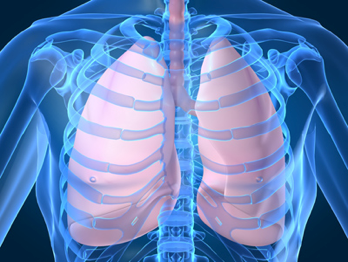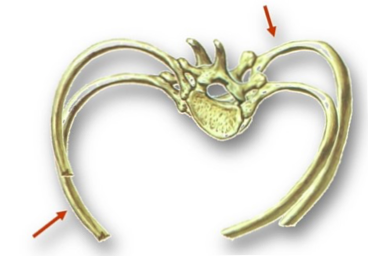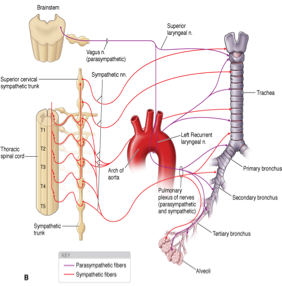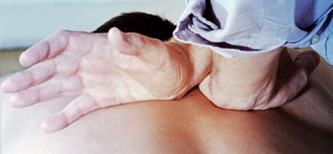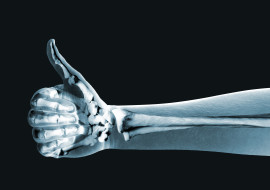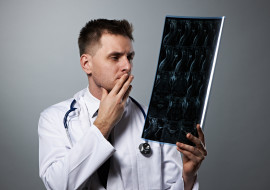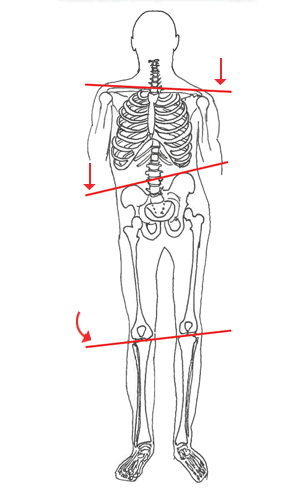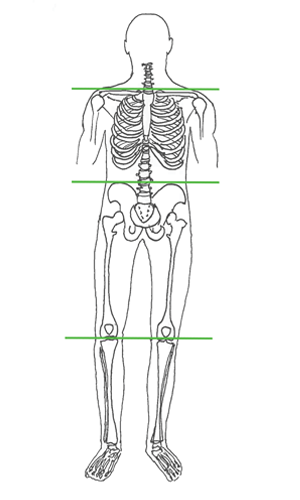Many years ago it was found that blockages of the spine may have been the cause of many diseases. This was later confirmed by the manual medicine.
With the growth of the pharmaceutical medicine (antibiotics, corticosteroids, ..) these findings were pushed into the background. Suddenly they were called “alternative”.
Approximately 40 years ago, these old theses were reviewed again.
Thanks to a lot of researchers, and due to our own studies and experiences we know that blockages in the spine can cause certain functional disorders and not only mechanical ones !
A blocked vertebra might sometimes be painful, but can also cause neurologic reactions leading to functional disturbances of certain organs like the airways, the skin, stomach, intestines, …
Examples: The trachea can get narrowed and cause dyspnea or a wheezing breath, or you can get an overproduction of mucus in the nose (in case of allergy, sinusitis).
Once one has the knowledge of anatomy and the function of the ANS, it is not that difficult to understand the links between several blocked vertebrae and functional disturbances of certain organs.
In modern medicine, a part of the malfunctioning organ will often be looked at: for example a lung function will be measured by spirometry. Thanks to this test, it can be determined by numbers exactly how well or how badly a lung functions.
Unfortunately, There hasn’t always been thought given to the CAUSE of a bad functioning organ, and therefore symptomatic relieving drugs will be prescribed.
In case of asthma, often is spoken about “allergic hyper sensitivity or predisposition”
MNITherapy
What is, according to the MNITherapy, the difference between a person who breathes normally and someone who is asthmatic ?
- 1. Mechanical factor
The cervical spine
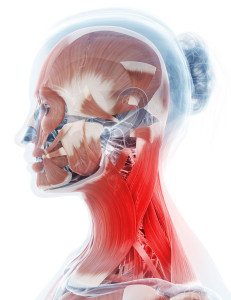
We always notice blockages of the higher cervical vertebrae which are connected with important muscles that help in the breathing process.
A good mobility of the cervical spine thus will help in improving the breathing pattern.
The ribs
A mobile thorax is necessary to increase and decrease the lung volume through the up- and downward movement of the ribs.
With an asthma patient we find a rigid structure of the thoracic cave. And because the structure governs function, an asthma patient can thus have a decreased lung capacity.
Besides the ribs we often find systematically misaligned and blocked thoracic vertebrae, especially in the upper part.
Blockades of the thoracic vertebrae will disturb the movement of the thoracic cave and thus the breathing function.
- 2. Neurologic factor
Cervical area
We also establish specific blockages in the cervical spine. These blockages might disturb the parasympathetic innervation of the lungs via the Vagus nerve.
Irritation of this nerve may cause symptoms such as a narrowing of the throat, a spasm of the lungs or an increased formation of mucus in the lungs.
Dorsal area
Because we find specific thoracic vertebral blockages that are closely connected to the controlling (ortho)sympathetic nerves of the lungs, this can influence the breathing function.
Vicious circle
Due to the above mentioned blockades and an over-irritation of the nervous system, one can develop asthmatic symptoms, for example cough attacks.
Due to this a higher excitement of the corresponding nerve fibers will follow, resulting in more spasms and mucus production.
The harder and more frequent the coughing, the worse the over-excitement of the controlling nerves via the blocked dorsal and cervical vertebrae will be.
This will result in a worsening of mucus production and more cough attacks: the vicious circle has begun.
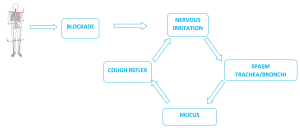
As explained before: the MNITherapy is not an alternative therapy but an alternative for a chemical treatment for a disease. In Belgium, every day 5 inhalers are sold in any given pharmacy!
This does not mean that, in case you are suffering from a severe form of asthma, you can immediately stop the medication. Inhalers can be very useful in the short term. But in the long term they can cause many of negative side effects.
It is obvious that the main causes of asthma are to be found in a diminished mobility of the thorax (vertebrae, ribs, sternal bone) and in some specific cervical vertebrae.
Our therapy is not limited to the correction of these structures only. The patient will be evaluated in his totality.
All misalignments and blockages will be treated, starting at the toes up to the neck. If necessary, we will use additional techniques to improve the breath such as mobilization of the diaphragm, relaxation of additional breathing muscles, …
Manual Neuro-Immune therapists treat patients and no machines. Therefore an individual approach is necessary, taking into account as much as factors as necessary.
The MNITherapy will be personalized depending on the needs of the patient.
For these reasons it is important that you make a choice for a well trained and recognized licensed therapist who has the knowledge about all these details.
Summarized
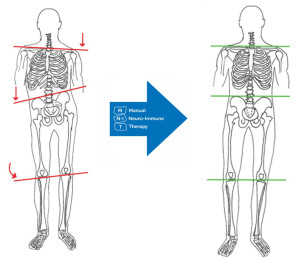
Additional advice
The above written exposition is still not enough to cure you from asthma. Without your cooperation, we don’t stand a chance. What the MNITherapy does is repair the structure and function with specific techniques. Thanks to this your body gets an opportunity to heal. But this renewed structure and function has to remain, and for this a huge amount of responsibility lies in you yourself.
It sounds logical that, once your body is on the right track you have to make sure it stays that way. Therefore we will give you specific ergonomic advise: how to sit ,sleep and work properly. When necessary we will correct a remaining leg length difference in your shoes.
If this doesn’t happen, your body gets out of balance quickly and could seize up again with all disadvantages ensuing.
Superinfections
Another important pitfall, which lies at the base of the failure of the therapy, is a superinfection.
Lungs, muscles and blood have to be and stay sterile. This means that yeast, mould, (for instance caused by excessive use of inhalators based on corticosteroids), bacteria, don’t belong in these organs. In case you suffer from recurrent colored mucus, we will send you to your physician and ask him to perform a sputum analysis in a lab as a detection of these superinfections.
It is then, in a positive case, up to your physician to decide to prescribe the right medication.

